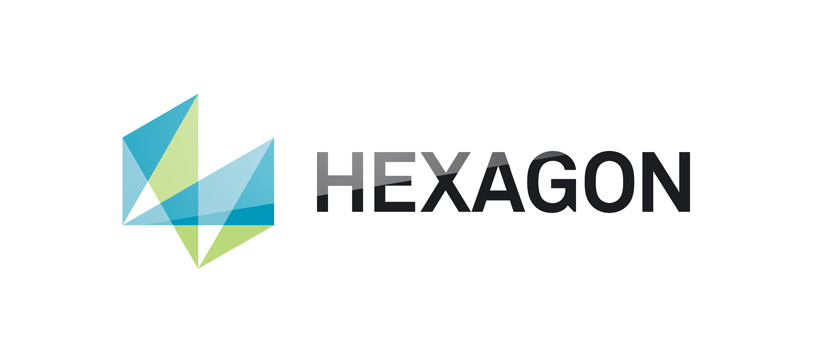Digital transformation programmes are typically considered in terms of cost reductions and profitability gains. But now that sustainability—as part of the wider ESG performance—has become critical, you will need to assess how digitalisation can assist.
Done correctly, industrial digital transformation has the potential to reduce carbon emissions by 15pc, a significant step toward becoming a net-zero organisation. These results are achieved by increasing awareness of company processes and opportunities to reduce emissions and improve energy efficiency (among others).
Digitalisation in the manufacturing and process industries offers three key areas for improvement:
- Risk reduction: Human error remains a significant cause for concern, as operator error can have a potentially catastrophic impact on the environment. The ‘domino effect’ can lead small mistakes to quickly escalate to life-threatening disasters.
With accurate, digitalised plant information and shift management, many of the most serious issues can be mitigated. Accurate, up-to-date information allows shift personnel to make smarter decisions more quickly, accelerating their responses to potential problems and containing breaches before an environmental incident can occur.
- Process improvements: An important aspect of digital transformation is your ‘connected worker’ strategy. This involves empowering front-line workers by providing them with quick and easy access to information about what is happening on the production floor.
Contextual information allows workers to be more productive, efficient and safe. They can accurately prioritise workloads and activities, reduce waiting times and improve wrench times and first-time fix rates. A better-informed workforce can identify and reduce operational risk more quickly, keeping themselves, the plant and wider environment safe in the process.
- Safer, more efficient operations: Digitalised operations provide operators with a real-time view of their installations without the need for physical site visits. Fewer visits mean less travel, helping to push down secondary carbon emissions and limiting worker exposure to potentially harmful or risky industrial environments.
Remote, real-time access to core operating systems will allow your team to optimise resource usage and reduce costly, unproductive waiting times.
Reducing risk improves sustainability
Ultimately, improved access to systems and data will allow your business to meet many of its strategic goals, including increased sustainability. As well as empowering your workers, digitalisation offers new opportunities to automate operational activities.
Automated systems are not only faster than manual processes, but also far less open to error. The more processes and safeguards you can implement, the lower the risk of experiencing an environmental breach or workplace accident.
Improved access to data across your facilities will also allow you to analyse processes, pinpointing potential efficiency improvements. You will also be able to identify opportunities to reduce energy usage and emissions, or to design entirely new processes to increase reuse of materials and energy.
A digitalised workplace is also seen to be a more attractive workplace for the new generation of digital native workforce, enabling employers to attract and retain the best talent available in the market.
In the same way that data will define the future of your business, information will be a critical tool in helping you achieve your sustainability goals.
To learn more about how data visibility and process management software can help businesses build a truly sustainable future, take a look at Hexagon’s latest ebook, How Digitalization Drives Sustainable Transformation.









Comments